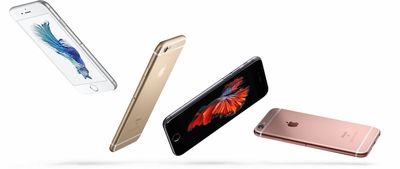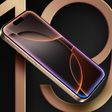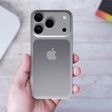The iPhone 7 and 7 Plus will feature a flush pressure-sensitive home button in place of the physical switch button found on previous iPhones, according to a Bloomberg report filed this morning.
Citing people familiar with the matter, the news outlet said that the new models will have a pressure-sensitive button "similar to trackpads in the latest MacBook line" that will provide feedback to the user via a vibrating haptic sensation instead of a true physical click.

Last month, Mac Otakara cited unspecified supply chain sources that it claimed confirmed the veracity of an April Stormmedia report suggesting the same thing. MacRumors has also heard the same rumor from DigiTimes and analysts at Cowen and Company, but Bloomberg's report today substantially increases the likelihood that the rumor is indeed accurate.
In addition, the article claims that the dual cameras now widely expected on the larger iPhone 7 will produce brighter photos with more detail, "according to a person who has used a prototype version of the upcoming device".
Both sensors, which each capture color differently, simultaneously take a picture, and the device produces a single, merged photograph, said the person.
The dual system sharpens photos taken in low-light environments, the person said. The combination of the merged photos from the two camera sensors also allows users to zoom while retaining more clarity, the person added.
Elsewhere, Bloomberg noted that the new iPhones will have no antenna bands running across the back of the handsets, and Apple will remove the headphone jack in favor of connectivity via Bluetooth and the Lightning port. That will make room for a second speaker, said the paper's source, who preferred to remain anonymous.
Other rumored features for the iPhone 7 and 7 Plus not included in the article include a faster TSMC-made A10 processor, faster LTE and Wi-Fi, a slightly larger battery, and a minimum 32 GB of base storage.
Apple is expected to launch the iPhone 7 and 7 Plus next month. Pre-orders could begin Friday, September 9, ahead of retail availability on Friday, September 16, according to noted leaker Evan Blass.



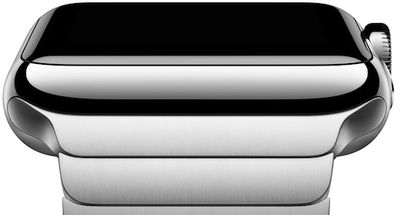
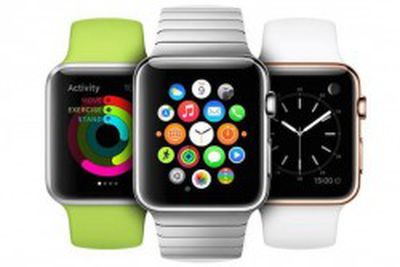 KGI Securities analyst Ming-Chi Kuo issued a research note to investors today in which he predicts an all-new
KGI Securities analyst Ming-Chi Kuo issued a research note to investors today in which he predicts an all-new 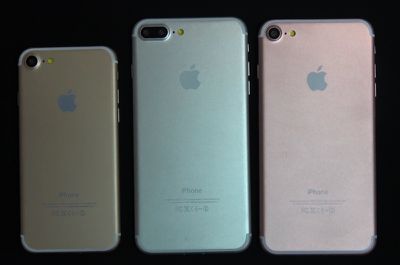
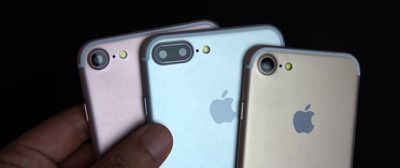




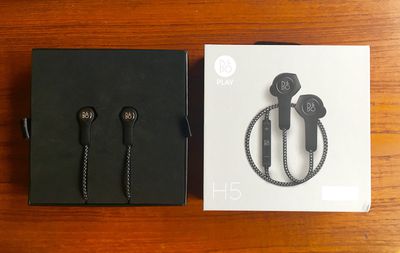


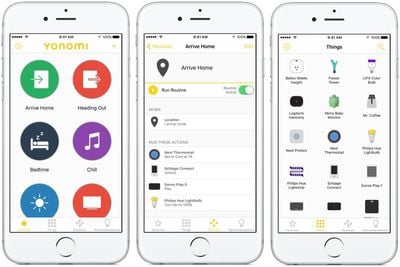

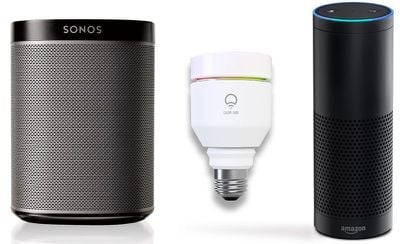
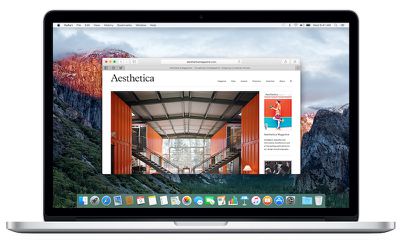

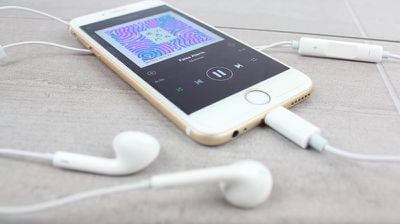
 511 Innovations, Inc. is the latest
511 Innovations, Inc. is the latest 
